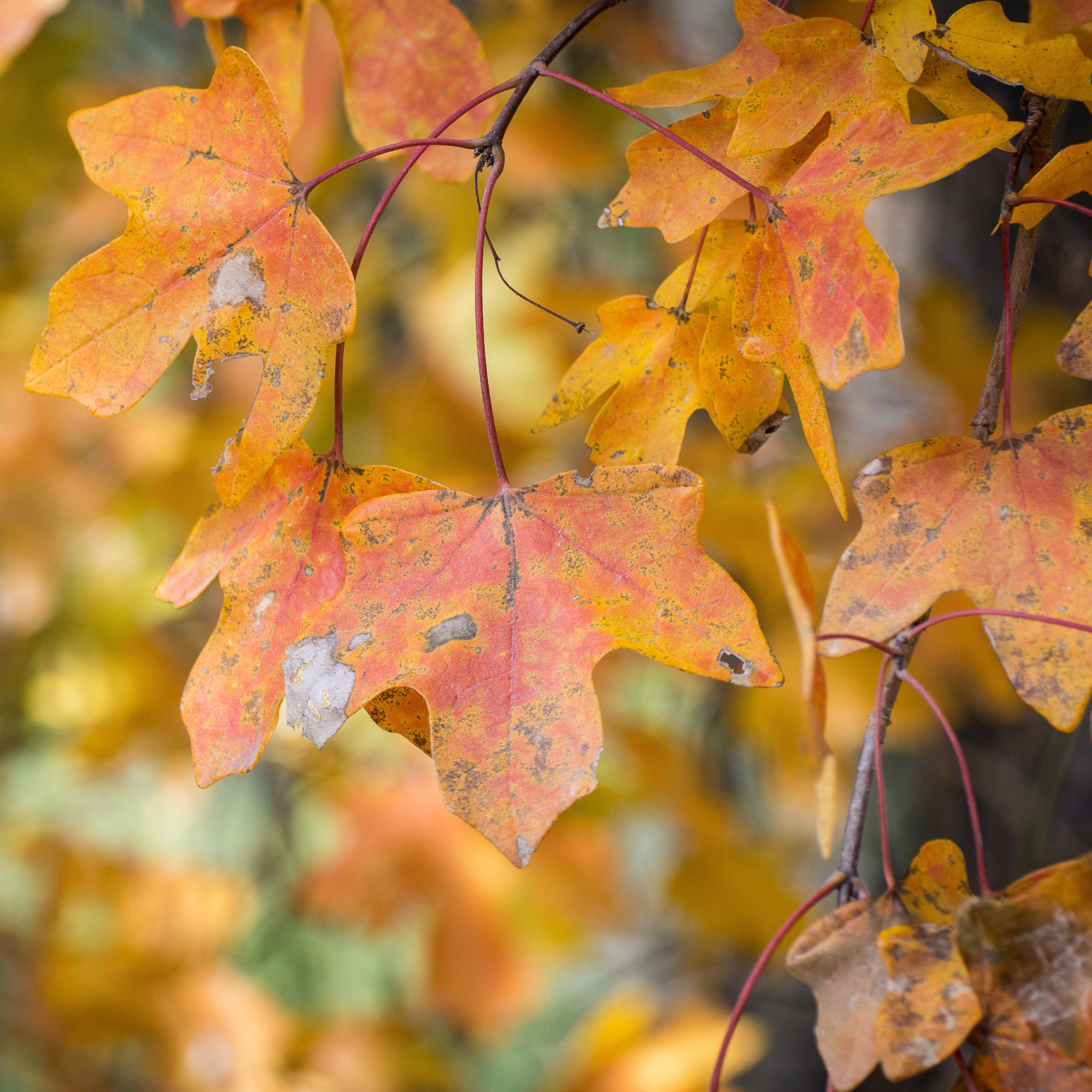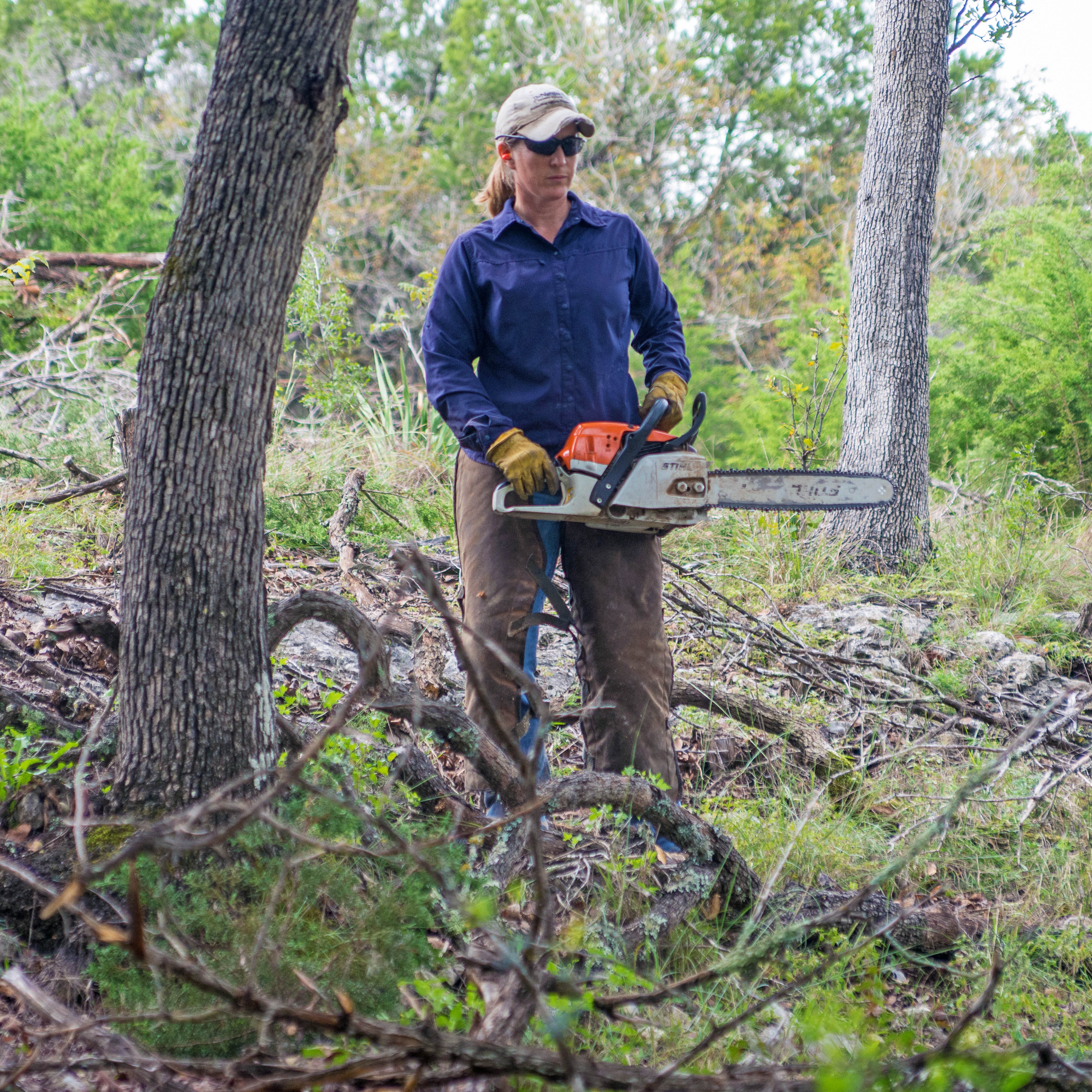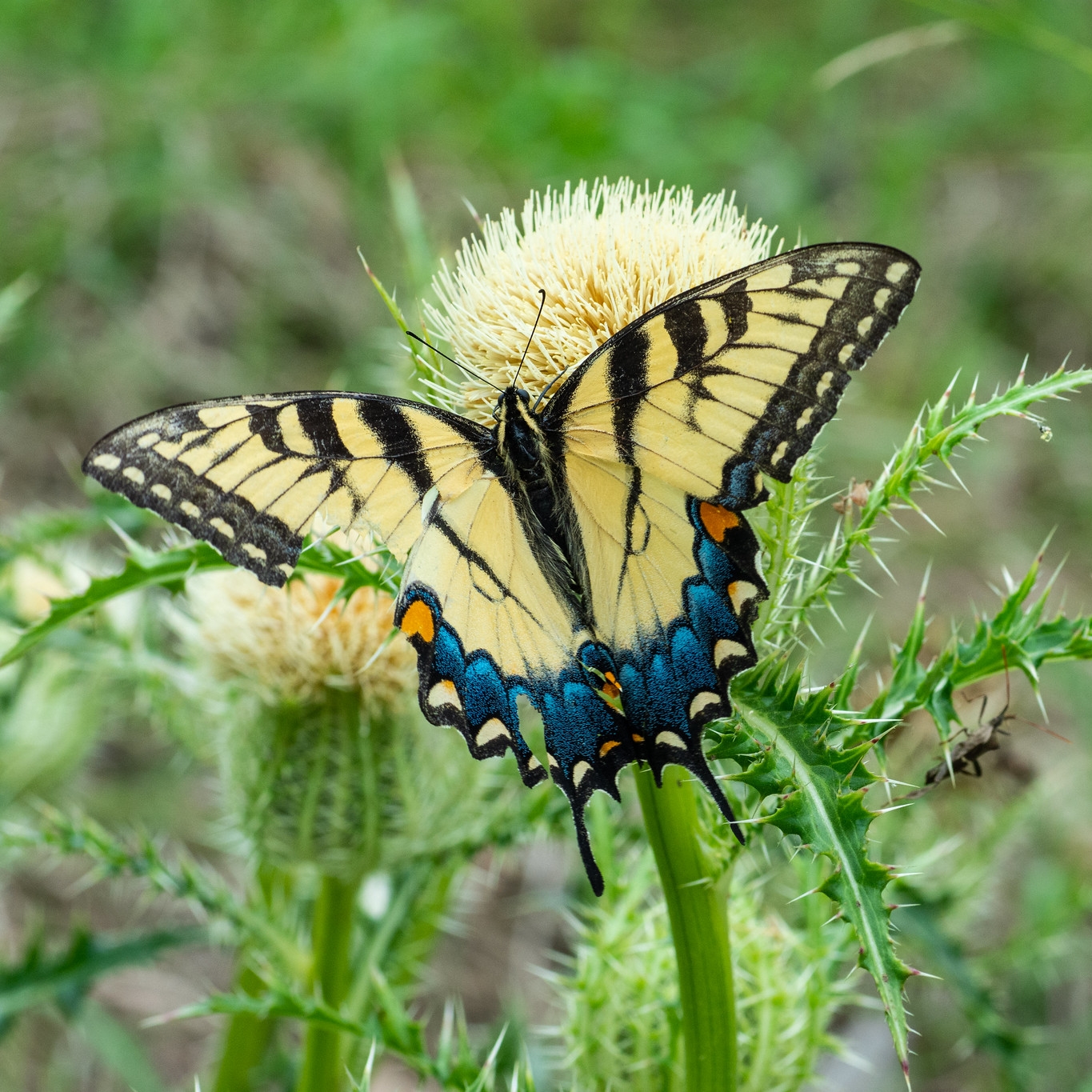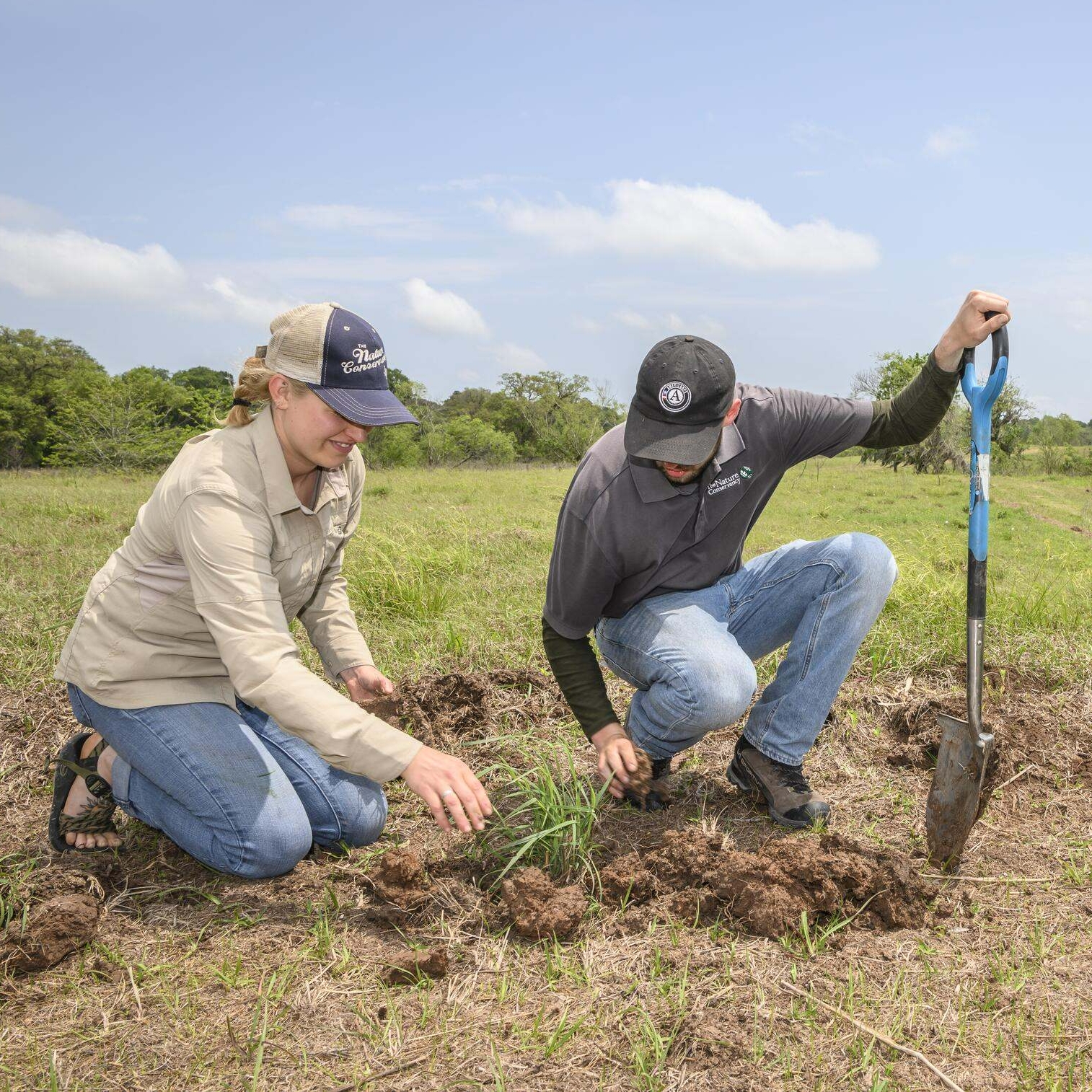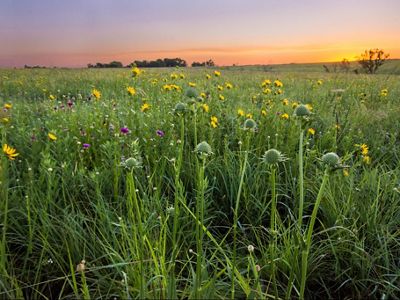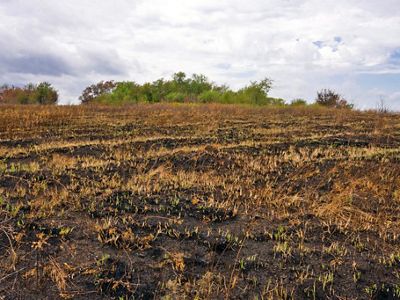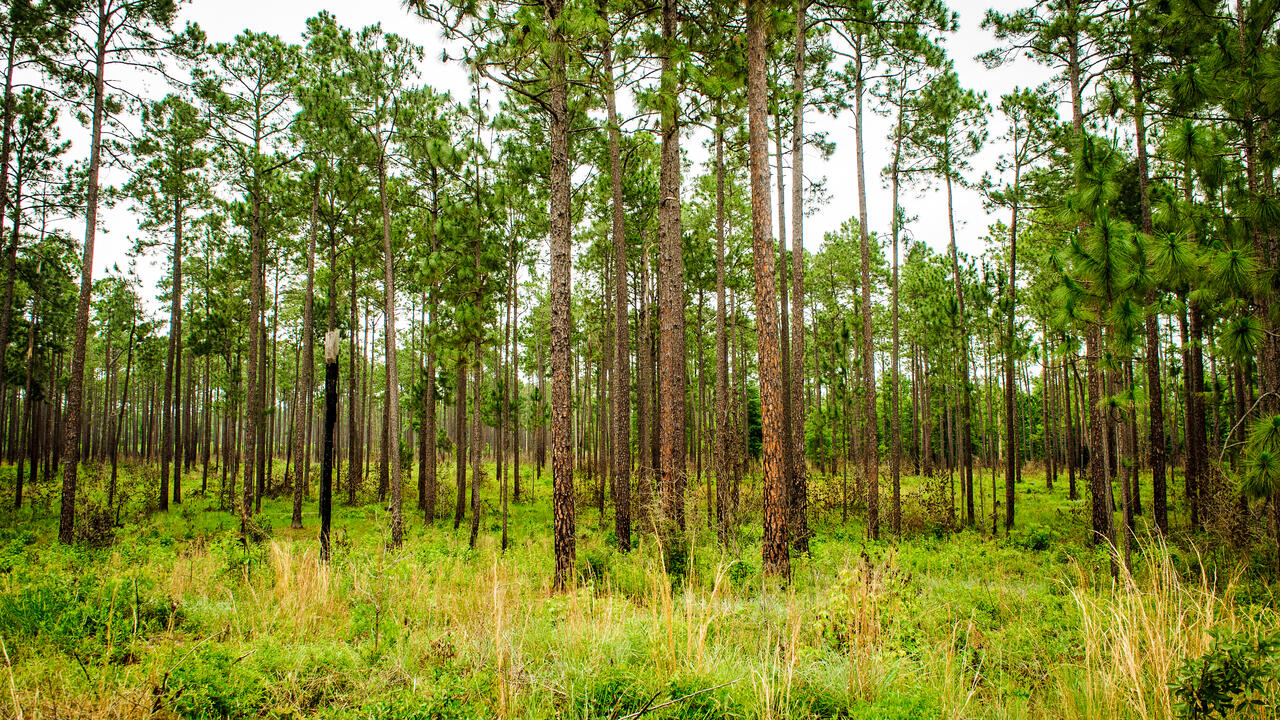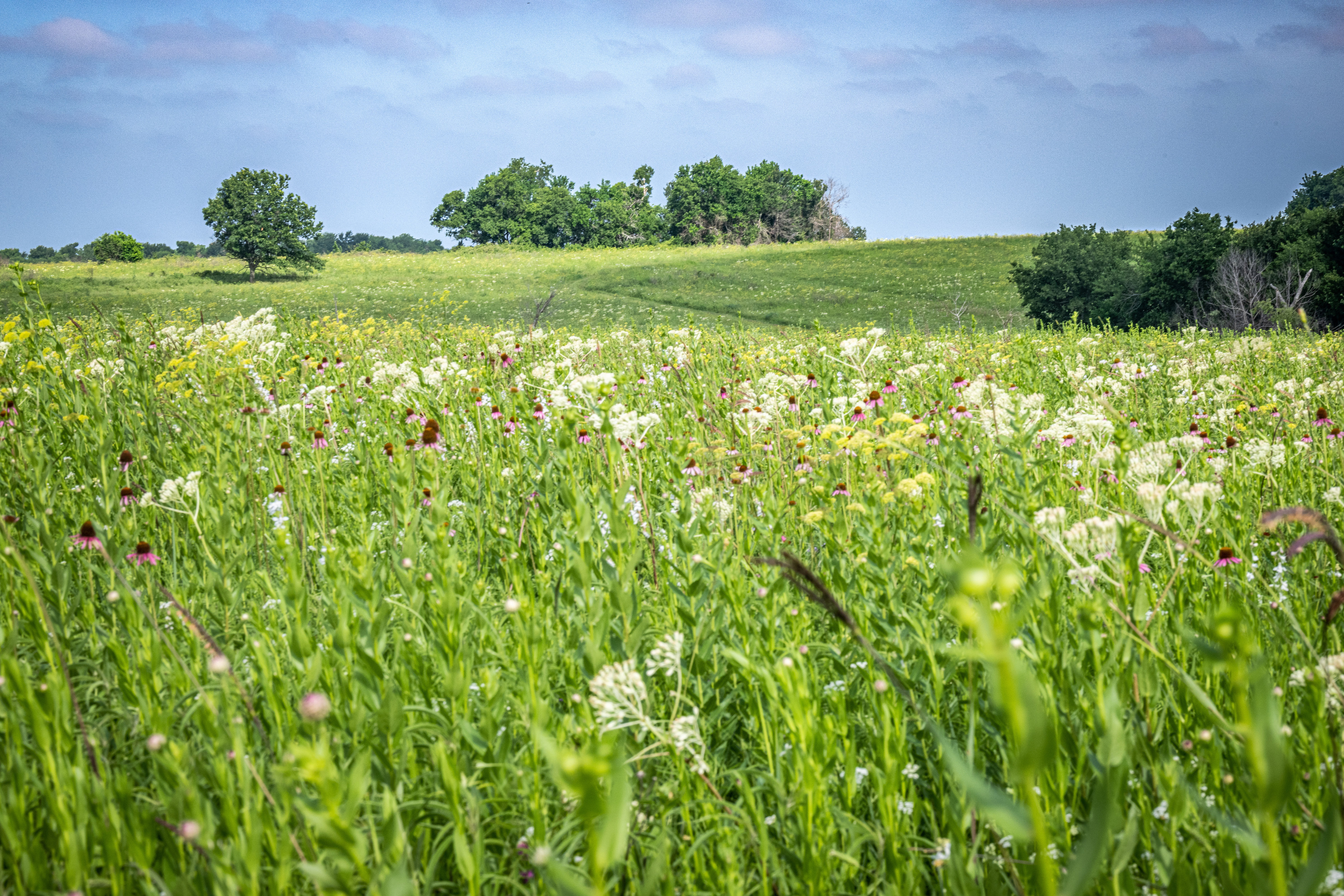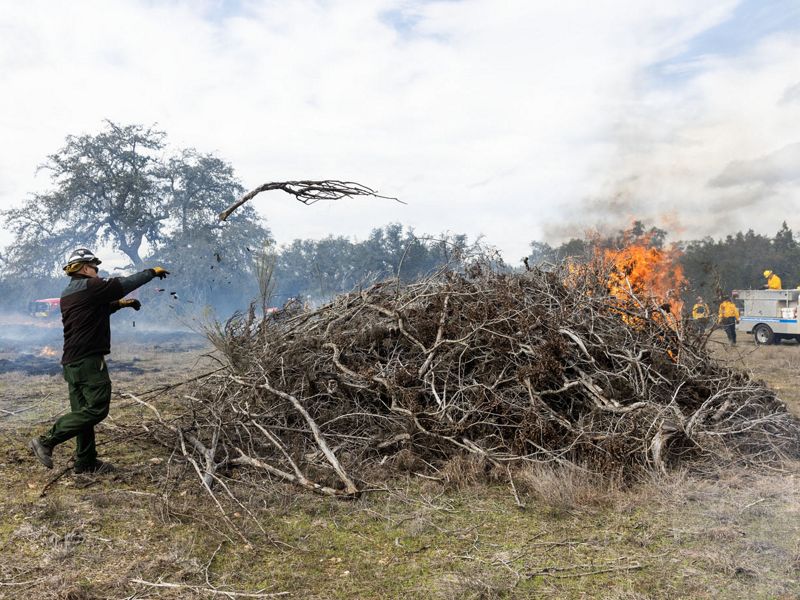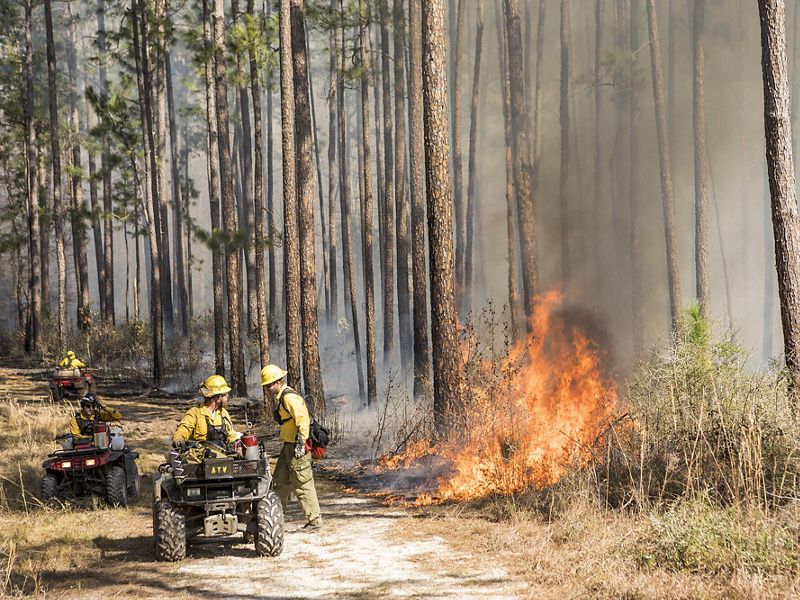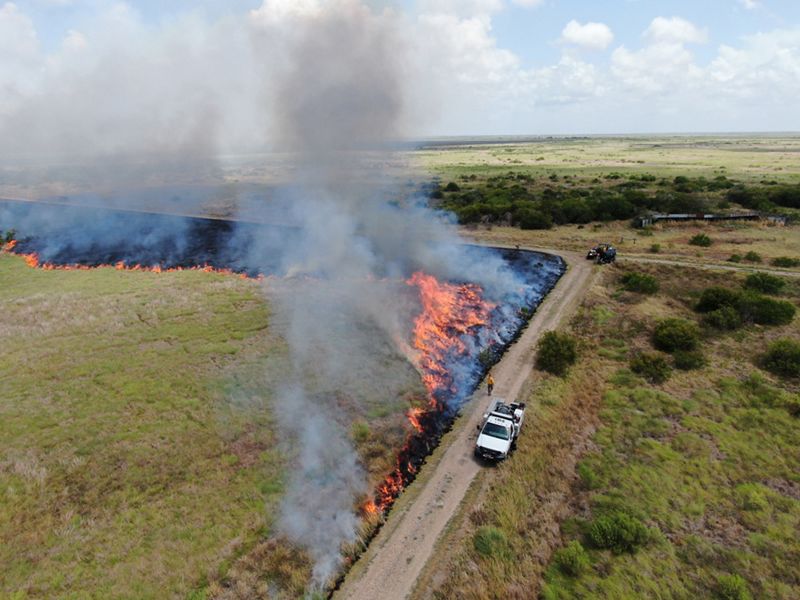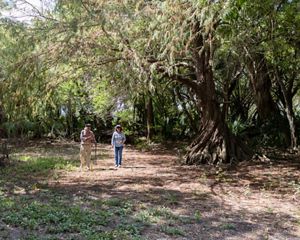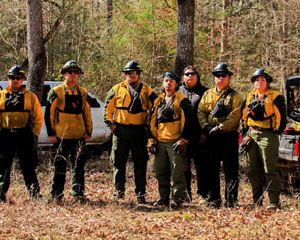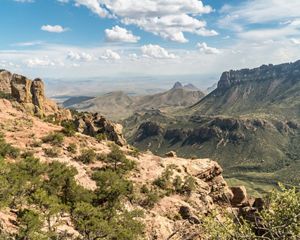How We Work with Fire in Texas
Managing and restoring Texas’ landscapes with prescribed fire

Smokey Bear may have infamously said, “only you can prevent forest fires,” but not all fires are created equally. Wildfires, wildland fires and forest fires—these terms are often used with the same connotations of danger and destruction. But “fire” doesn’t always have to be a bad word. Prescribed fires have much to offer both people and nature, like revitalizing and enhancing natural ecosystems while preventing catastrophic wildfires. In fact, many of the landscapes that we depend upon, live within and use for recreation were formed by fire. Let’s fan the flames of thought around prescribed fire and explore the most crucial land management and stewardship tool we use for conservation.
From the Fire: A Legacy of Longleaf
Basics and Beyond
Prescribed fire refers to planned burns conducted by trained fire practitioners to manage and restore our lands and waters. Unlike wildfires—unplanned fires caused by lightning and other natural causes, or accidental fires ignited by humans—prescribed burns take place under specific weather conditions, require significant preparation and follow explicit safety protocols for both the public and fire practitioners.

Where does the term prescription fit into all of this? Burn plans identify, or prescribe, the best conditions under which certain vegetation will burn while still operating in manageable circumstances. These burn plans consider factors like temperature, humidity, wind, moisture of the vegetation and conditions for the dispersal of smoke. Fire practitioners then compare conditions on the ground to those outlined in burn plans before deciding whether to ignite a burn on a given day. While some amount of smoke is unavoidable, fire practitioners go to great lengths to plan and limit smoke impacts to nearby communities.
In Texas, we have records of burns on our properties dating back to 1975, but the first burn done by Texas Chapter fire practitioners took place in 1978 at the Roy E. Larsen Sandyland Sanctuary. Since then, we’ve come a long way in how we use fire to help the natural world thrive.
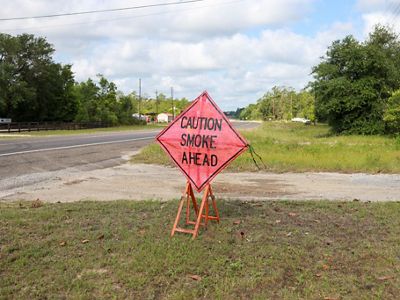
Benefits of Prescribed Fire
Prescribed fire is perhaps the most important land management tool we use to maintain the health and diversity of our natural landscapes—just as they were once inherently managed by nature. Here are some of the many benefits that prescribed fire provides:
Before and After
Shaped by Fire: Our Lands and Waters
Almost all the continent’s landscapes are fire-adapted, meaning they need fire at regular intervals for health and resilience. Fire has long been used by Indigenous peoples in North America to steward and manage land. Yet today, our relationship with fire has changed. Due to an overemphasis on putting fires out as quickly as possible, and an underemphasis on lighting safe, planned burns, fire has largely been excluded from the places that need it most. For the past 100 years, a federal policy of fire suppression has led to the exclusion of flames from fire-adapted landscapes in the U.S. At the same time, burning by Indigenous peoples was criminalized by federal and state governments and all but eliminated.
As a result, many of the areas we depend on for clean water, wildlife habitat and recreation are increasingly unhealthy. A lack of beneficial fire, combined with climate change and drought, is also making many places more vulnerable to severe wildfires. TNC and our partners seek a better future where natural areas are sustained by and ready for fire—one where communities are empowered and prepared to live with fire.
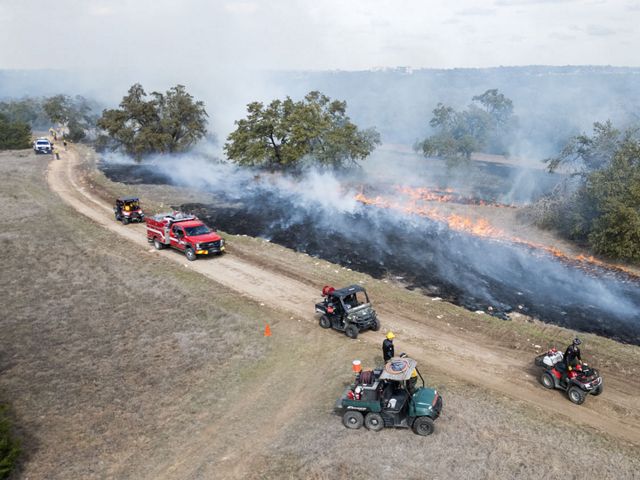
By working with government agencies, Indigenous peoples and other partners, TNC is bringing the role of fire in nature back into balance and helping communities prepare for, manage and live safely with fire. And across the Lone Star State, our nature preserves are playing a critical role in demonstrating the value of fire.
Fire-Adapted Landscapes
How We Burn
Texas Fire Team
The Nature Conservancy’s standards for qualifying prescribed fire staff and volunteers exceed those dictated by the National Wildfire Coordinating Group, which is comprised of all the federal, and many state, fire management agencies. TNC remains the only non-governmental organization in the federal fire qualifications system.
Becoming a TNC Fire Practitioner:
- At a minimum, to be a fire practitioner, staff must complete standard coursework and pass a physical fitness capacity test. Annual “refreshers” and new fitness tests are required each year.
- To move from a basic fire practitioner into a more advanced position, such as an Engine Boss, staff must complete additional coursework and satisfactorily perform a series of tasks specific to the position while serving as trainees on burns.
- To become a qualified Burn Boss, staff might spend a decade or more completing all the coursework and experiential training that’s required of this advanced position.
The Texas Chapter is a leader in meeting these standards. Our fire program has contributed significantly to TNC's North America Region prescribed fire initiatives, having participated in several firefighter exchange programs across the nation and provided training to other TNC fire programs along with federal and state firefighters.

Partnerships
In addition to implementing prescribed fire on our preserves and properties, TNC partners with private landowners and organizations throughout the state to conduct prescribed burns on public and private lands, share resources and training methods and assist in battling dangerous wildfires.
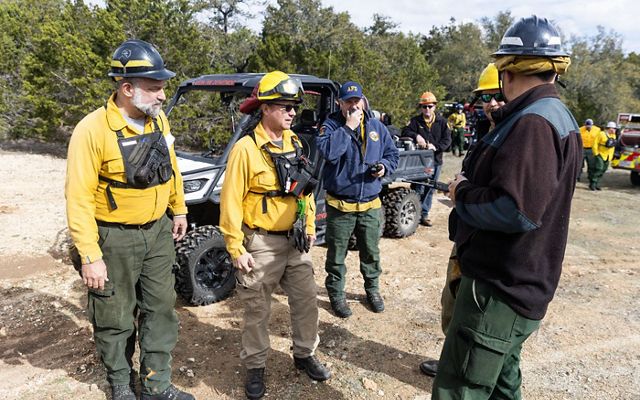
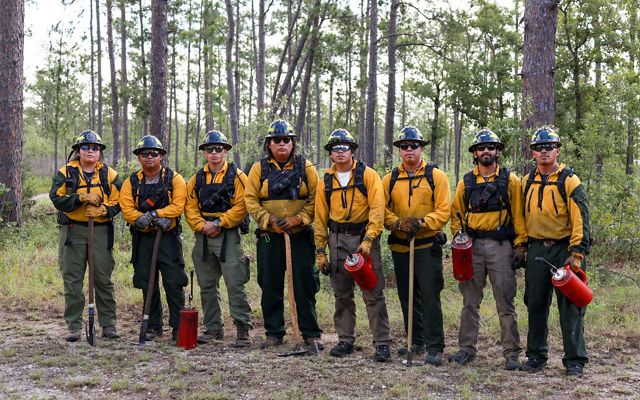
Our fire personnel frequently lead workshops and demonstration burns to share the benefits of prescribed fire with landowners. We also partner with the National Park Service, Texas Forest Service, U.S. Forest Service, U.S. Fish and Wildlife Service, Texas Parks and Wildlife Department, Coastal Bend Burn Cooperative, Post Oak Savannah Prescribed Burn Association, the Alabama-Coushatta Tribe of Texas, municipalities such as the City of Austin, local volunteer fire departments and private landowners across the state. Thanks to partnerships like these, we conduct prescribed burns on thousands of acres of Texas land each year. Together, we’re utilizing the power of prescribed fire to protect biodiversity now and for future generations, ensuring our natural landscapes remain resilient and thriving.
We Can’t Save Nature Without You
Sign up to receive monthly conservation news and updates from Texas. Get a preview of Texas' Nature News email.

